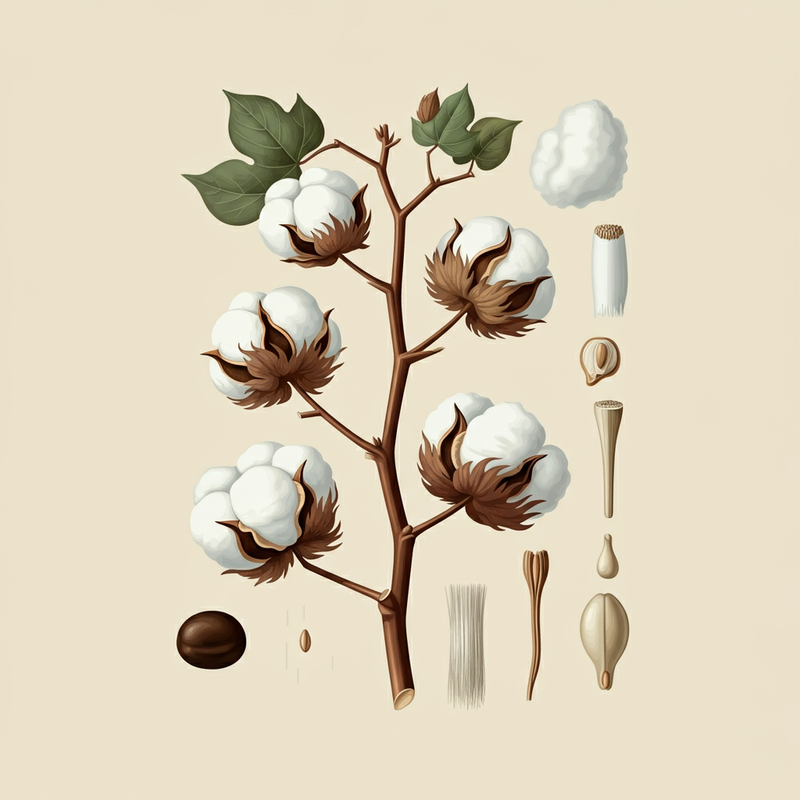
Coloured cotton fibres are generally shorter and less uniform than white cotton fibres, which may result in a coarser texture. Having said that, the normal pigmentation of coloured cotton gives a unique, earthy aesthetic that is definitely significantly preferred in sustainable style.
[ninety four] Cellulose fiber solutions have related traits but are certainly not excellent substitutes for cotton textiles with dissimilarities in Attributes like tensile power and thermal regulation.
The framework of cotton fibers also permits superb breathability, making it a perfect option for heat temperature clothes or athletic use.
As well as fears in excess of subsidies, the cotton industries of some nations are criticized for employing baby labor and damaging personnel' overall health by exposure to pesticides used in production.
The Ukraine war and the massive demand from customers for ammunition developments have highlighted the eu Union’s dependency on Chinese cotton linter imports for ammunition production.
Cotton lint, or cotton linters,[4] can be a byproduct of the whole process of ginning cotton, consisting of the silky fibers that continue to be hooked up towards the seeds with the cotton plant, together with other additional coarse fibers. This material could be purified and used for this sort of needs given that the manufacture of paper.[5]
Knowledge the variances between these sorts may also help customers and manufacturers make informed options that satisfy their requires while supporting sustainability while in the textile sector.
In lots of areas, the main pests in business cotton are lepidopteran larvae, that happen to be killed because of the Bt protein in the transgenic cotton they eat. This removes the necessity to use massive amounts of wide-spectrum insecticides to eliminate lepidopteran pests (a few of which have formulated pyrethroid resistance). This spares natural insect predators within the farm ecology and even further contributes to noninsecticide pest administration.
The different varieties of cotton fabric cater to unique demands, no matter whether it's the sustainability element of natural and organic cotton, the flexibility of cotton yarn, the durability of textile fibers, or maybe the comfort and ease furnished by very breathable and absorbent cotton fabrics.
Its large tensile energy and resilience add to its longevity. Mixing with polyester or Unique finishes can enrich its Attributes more. These traits make cotton a versatile alternative in the textile industry.
The accumulation of lint all through apparel cleaning can be lowered with the use of a fabric softener, which cuts down the quantity of static electrical energy on garments surfaces and therefore helps prevent the lint from sticking to the garments.[23]
Glucose cotton linters pulp travels to maturing cotton fiber cells, where by enzymes connection numerous glucose molecules collectively to make cellulose. Cellulose is a major element in the cell walls that surround all plant cells. Cotton fibers are roughly the dried-out stays of extraordinarily prolonged and thick mobile partitions.
But cotton fibers are very easily obvious on the bare eye, reaching lengths of as much as 2 inches (5 cm). In truth, the fibers from domesticated cotton are the longest cells of any plant.
Chloroplasts perform the process of photosynthesis: they harness Electrical power from sunlight to turn carbon dioxide (with the air) and water into glucose.